Transplanting Elderberries – How To Transplant Elderberry Bushes
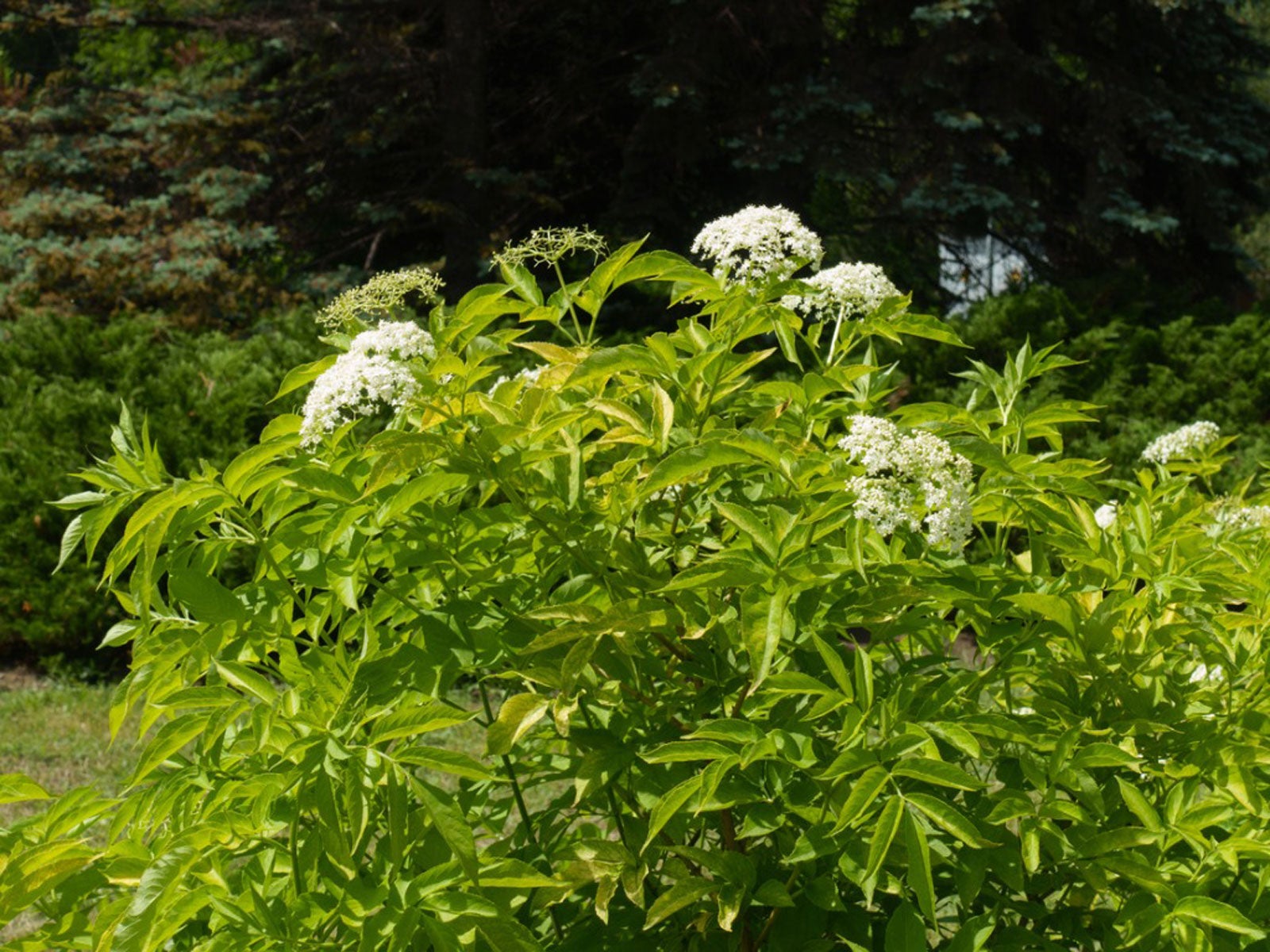

Elderberries never made it into commerce the way that blueberries or raspberries did. The luscious berries are still among the most valued native fruits though. Elderberry plants are attractive and productive, yielding clusters of delicious deep blue berries, perfect for pie and jams.
If you have a poorly sited shrub, it’s time to learn about elderberry transplant. Fortunately, moving an elderberry is not a difficult proposition, as long as you choose the right time of year and pick an appropriate new location. Read on for tips on how to transplant elderberry.
Moving an Elderberry
Native Americans have made use of elderberry plants for thousands of years and they still rely on them today. They used the berries in all the normal ways fruits are used, but also brewed tea from the flowers and included the plant in their herbal medicines.
Anyone finding elderberry shrubs or trees growing on their property is very lucky. Poorly sited plants can be less productive but don’t hesitate to think about transplanting elderberries. These are easy-going shrubs that can be moved quite easily.
Before diving into an elderberry transplant procedure, it’s important to find an appropriate new location for the tree. American elderberry (Sambucus canadensis) and its naturalized cousin, European black elderberry (Sambucus nigra) grow to tree size, so you’ll want a site with plenty of room.
When transplanting elderberries, pick a full sun location as the destination site. You’ll get a healthier, hardier plant with more fruit. Elderberries also demand well-draining soil and fail to thrive in clay soils.
How to Transplant Elderberry
Elderberries are deciduous plants that drop their leaves in winter. It is best to transplant them at the very beginning of this dormant period. Transplanting elderberry in fall once the foliage has died back is considered best for the plant’s survival.
Gardening tips, videos, info and more delivered right to your inbox!
Sign up for the Gardening Know How newsletter today and receive a free copy of our e-book "How to Grow Delicious Tomatoes".
If your elderberry is tall, you’ll need to prune it back before transplant in order to make it easier to work with. Cut it to six 6 feet tall (2 m.) or half its current height, whichever is greater. If your plant is small enough for easy handling, cutting back is not required.
Dig around the plant’s roots with a sharp shovel or spade. Transplanting elderberry is easy since its roots are fairly shallow. Set the root ball on a piece of burlap to transport it to the new location. Dig a hole several times the size of the root ball, then fill the bottom with a blend of one part compost and one part extracted soil. Set the root ball in and refill the remainder of the hole, watering well.

Teo Spengler is a master gardener and a docent at the San Francisco Botanical Garden, where she hosts public tours. She has studied horticulture and written about nature, trees, plants, and gardening for more than two decades. Her extended family includes some 30 houseplants and hundreds of outdoor plants, including 250 trees, which are her main passion. Spengler currently splits her life between San Francisco and the French Basque Country, though she was raised in Alaska, giving her experience of gardening in a range of climates.
-
 Get Ready For A Summer Of Hummers! Grow These Full Sun Hummingbird Plants and Flowers
Get Ready For A Summer Of Hummers! Grow These Full Sun Hummingbird Plants and FlowersIf you’re lucky enough to enjoy a sunny backyard, make sure you are maxing out on your pollinator opportunities and grow these full sun hummingbird plants and flowers
By Tonya Barnett
-
 12 Lush Alternatives To A Lawn For Sustainable Spaces
12 Lush Alternatives To A Lawn For Sustainable SpacesAlternatives to a lawn are beautiful and also beneficial to your local ecosystem and its pollinators. Explore our top picks for plants to replace grass.
By Tonya Barnett
-
 Elderberries Not Fruiting – How To Get Elderberry Fruit
Elderberries Not Fruiting – How To Get Elderberry FruitNo berries on elderberry? There may be a simple explanation. Read on for a helpful tips that may resolve the problem of elderberries not fruiting.
By Mary H. Dyer
-
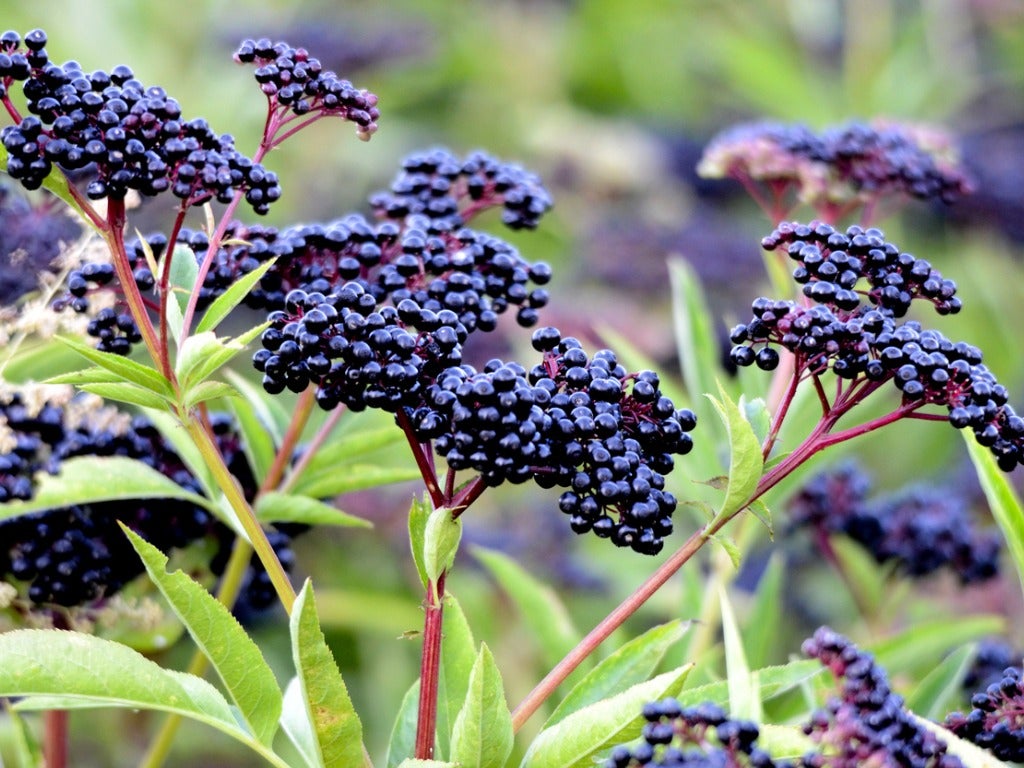 Germinating Elderberry Seeds – Elderberry Seed Growing Tips
Germinating Elderberry Seeds – Elderberry Seed Growing TipsIf you are cultivating elderberries for commercial or personal harvest, growing elderberry from seed may not be the most efficient way to go, however, it is possible. Click here to learn more.
By Teo Spengler
-
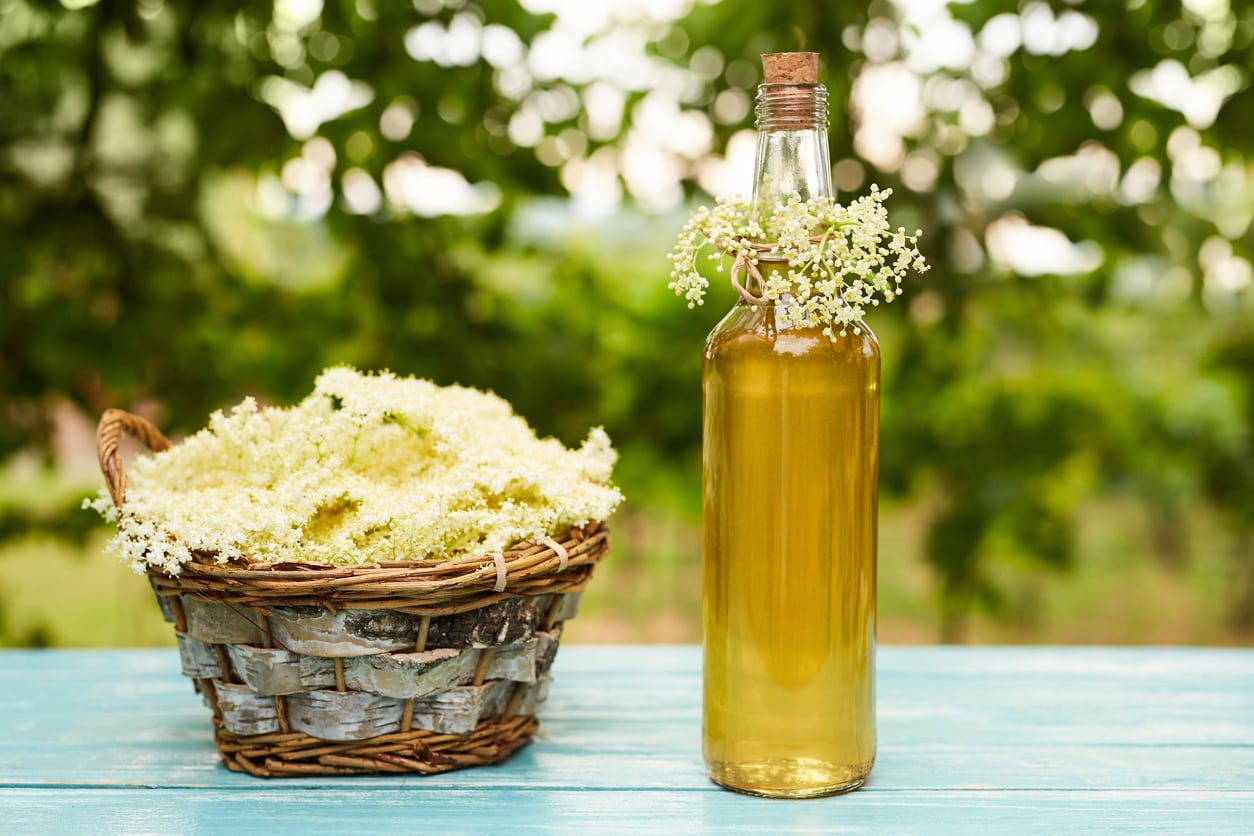 What To Do With Elderflowers: How To Use Elderflowers From The Garden
What To Do With Elderflowers: How To Use Elderflowers From The GardenMany gardeners and cooks know about elderberries, the small dark fruits that are especially popular in European cuisine. But before the berries come the flowers, which are tasty and useful in their own right. Click here to learn what to do with elderflowers.
By Liz Baessler
-
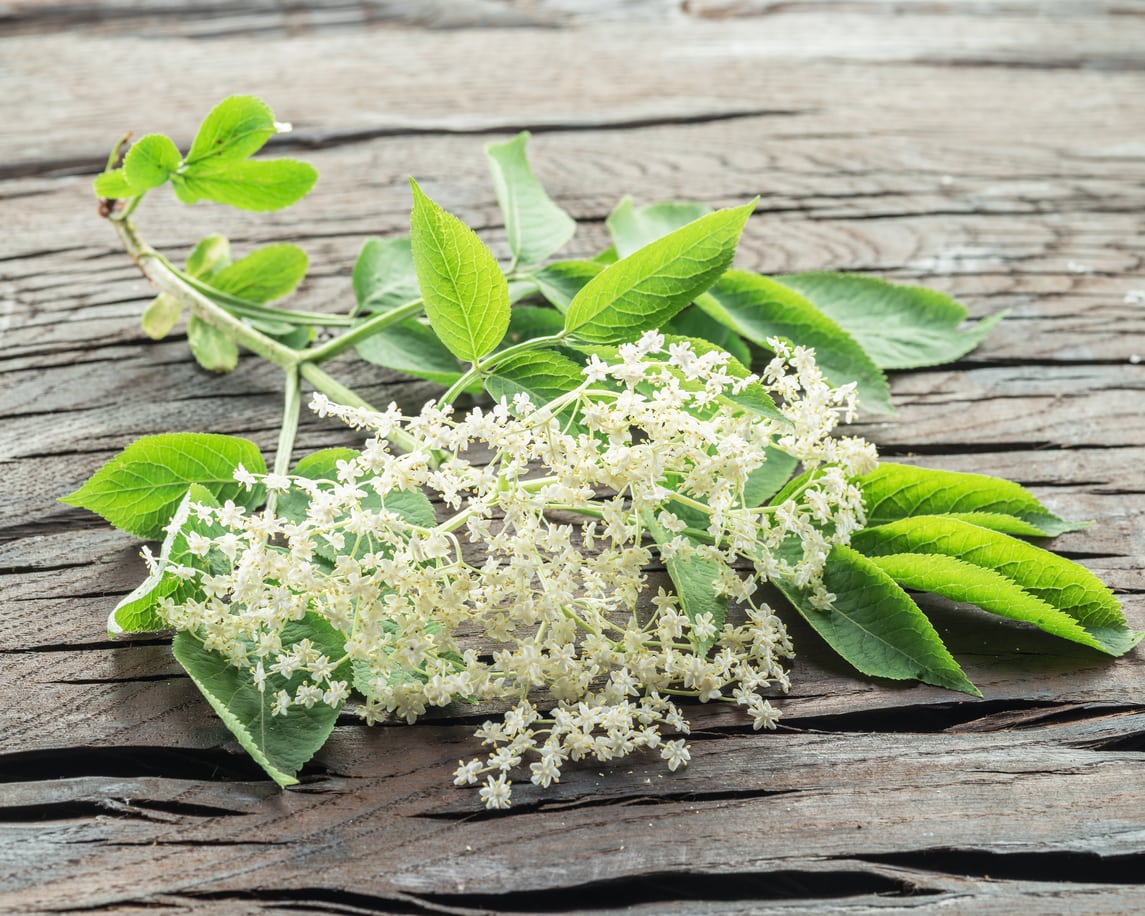 Elderberry Flowers – Growing Elderflowers In The Garden
Elderberry Flowers – Growing Elderflowers In The GardenElderberry is most well-known for its fruit, but you can also grow elderberries for their flowers. American elder is a fast-growing bush that will tolerate a variety of conditions and requires little care and maintenance. Learn more in this article.
By Mary Ellen Ellis
-
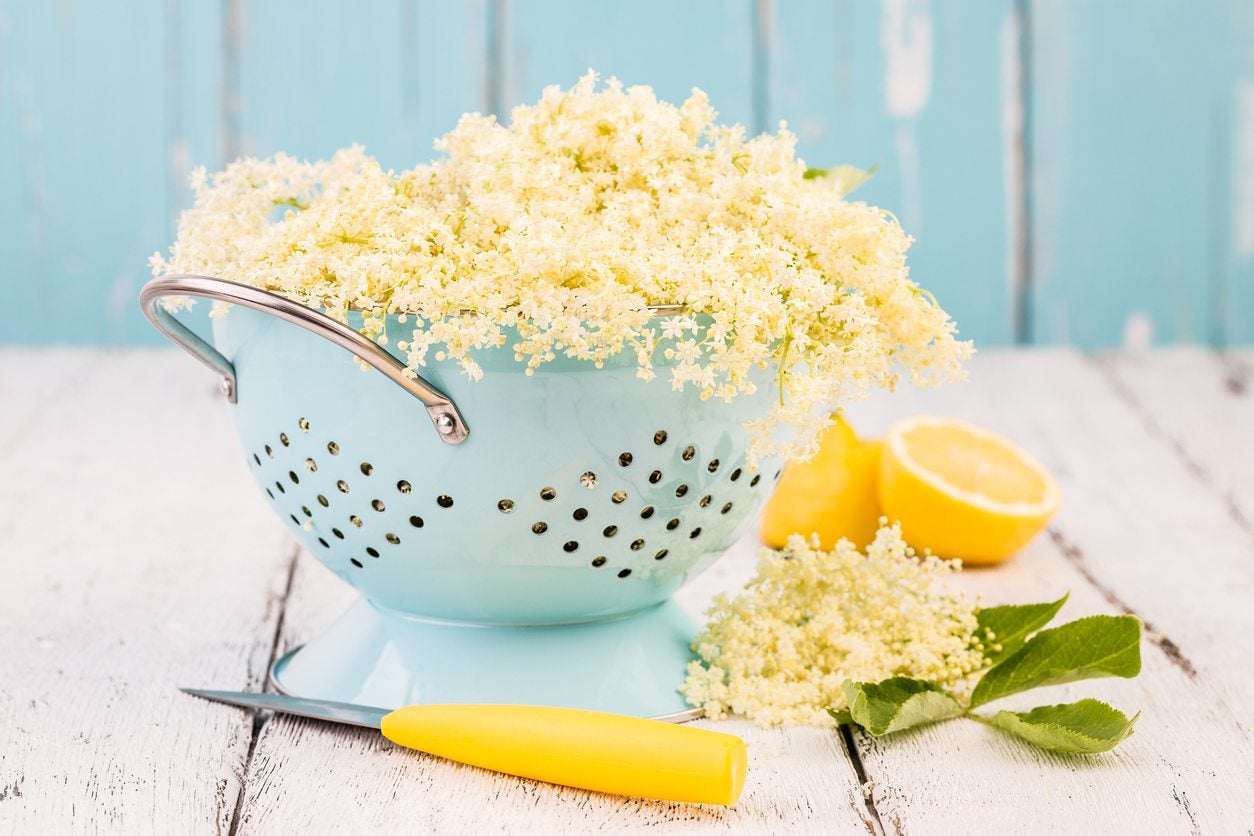 How To Harvest Elderflowers – Tips For Picking Elderflowers
How To Harvest Elderflowers – Tips For Picking ElderflowersElderflowers have a long tradition of use and colorful lore. They are most useful in herbal concoctions during flu and cold season. Picking elderflowers when in season and drying them is an excellent way to preserve them for fall and winter sick days. This article will help.
By Bonnie L. Grant
-
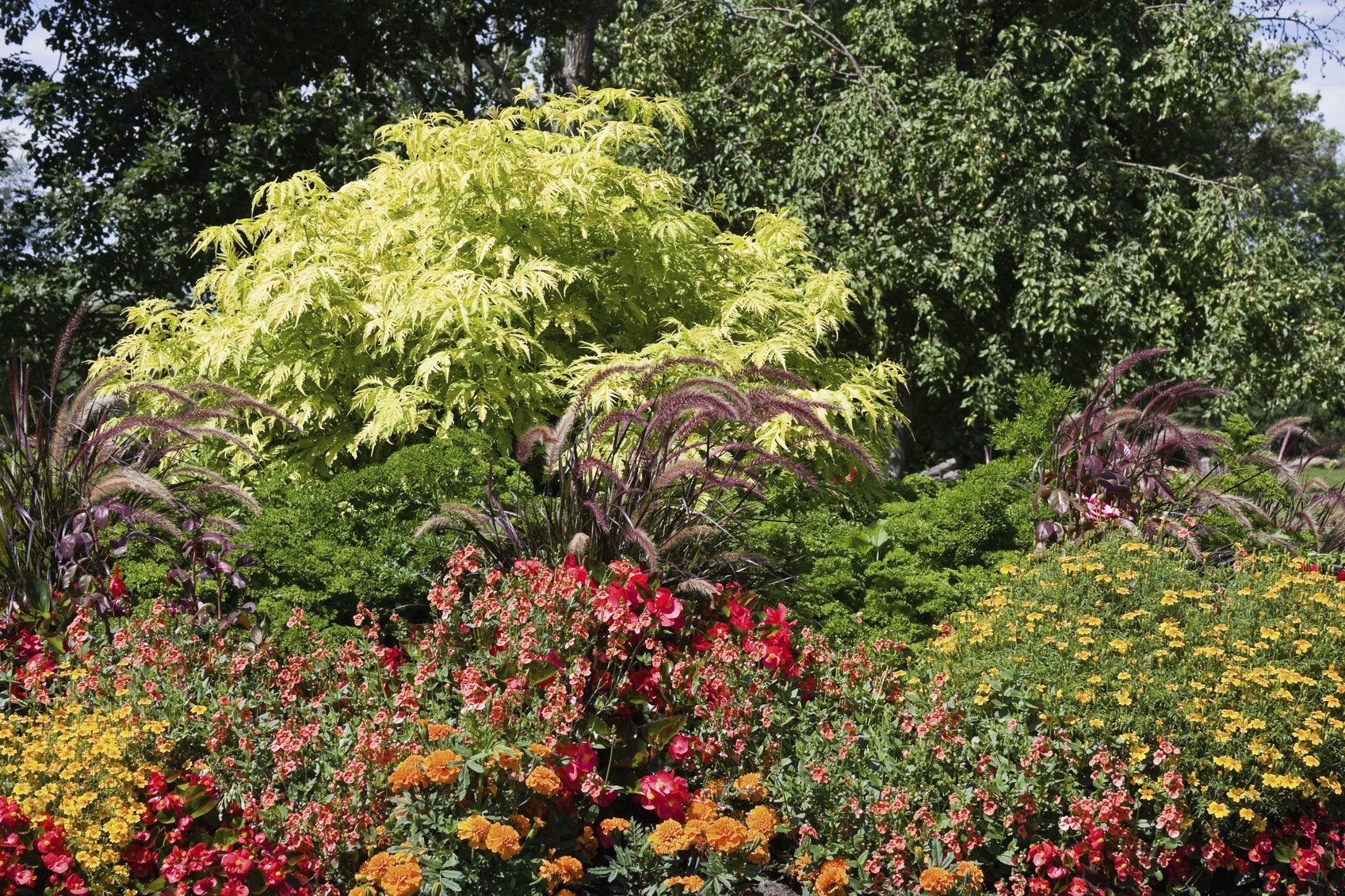 Elderberry Plant Companions – Tips On Planting With Elderberries
Elderberry Plant Companions – Tips On Planting With ElderberriesGardeners love elderberries because they attract pollinators, like butterflies and bees, and provide food for wildlife. These shrubs can be planted alone but look best with elderberry plant companions. What to plant with elderberries? This article will help.
By Teo Spengler
-
 Rooting Elderberry Cuttings: How To Propagate Elderberry Cuttings
Rooting Elderberry Cuttings: How To Propagate Elderberry CuttingsElderberries are woody plants, thus starting elderberry from cuttings is a simple and common method of elderberry propagation. How to propagate elderberry cuttings and when is the best time to take elderberry cuttings? Learn more here.
By Amy Grant
-
 Elderberry Bush Varieties: Different Types Of Elderberry Plants
Elderberry Bush Varieties: Different Types Of Elderberry PlantsElderberries are one of the easiest shrubs to grow. The shrubs are commonly found growing along the road, forest edges and abandoned fields. What types of elderberry plants are suited to your region? Find out in this article.
By Amy Grant